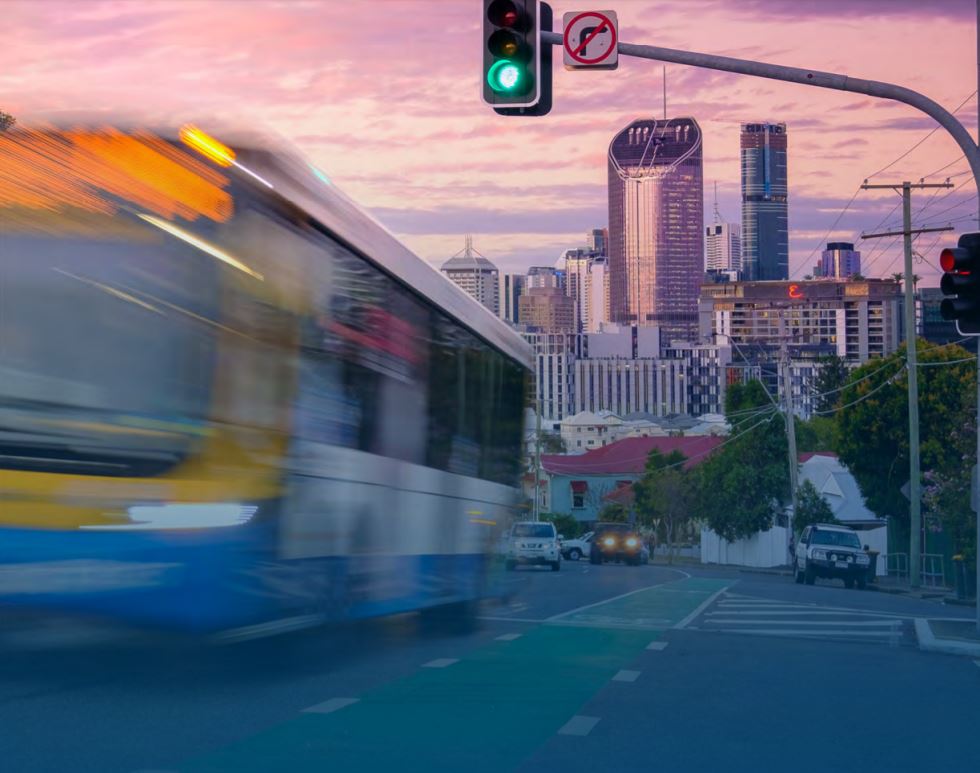South Brisbane Transport and Mobility Study
We conducted a multi-modal study of the ongoing and increasing transport pressures relating to road, active transport and public transport modes in Brisbane’s inner south.
Brisbane's inner south is a diverse community that is undergoing significant growth and change.
The South Brisbane Transport and Mobility study started in September 2018 and finished in November 2019. It was a multi-modal, strategic investigation that explored opportunities to enhance movement into, around and through the area by private vehicle, public transport and active transport.
Connections via the river, road and rail network and access to education hubs, cultural precincts and essential services such as hospitals were key study considerations.

Benefits
- Improves safety
- Increases capacity
- Improves network efficiency
- Reduces peak hour congestion
- Increases traffic flow
- Reduces interchange queuing
- Better road access
- Reduces travel time
- Better active transport
Key features
- enhanced cycle connections to the Southeast Bikeway (V1 veloway)
- better mapping and transport information on accessible routes and public facilities
- improved pedestrian connections to new Cross River Rail stations at Woolloongabba and Boggo Road.
The inner-south community and those who work or visit the area were invited to participate in the study’s community engagement between September-December 2018. Community feedback was collected through:
- 14 pop-up community engagement booths across the study area
- an online interactive map
- a comprehensive online survey
- meetings with key stakeholders
- meetings with community organisations and representatives.
We used the valuable knowledge gathered during the study’s community and stakeholder engagement phase to guide and inform the development of a transport strategy for Brisbane’s inner south.
Study outcomes and community priorities
Safety is critical to the community
There are a number of key ‘hot spots’ and opportunities to improve the safety of people using the local transport network through speed and traffic management, separating different modes of transport and pedestrian crossings.
Connectivity of the network
The community highlighted opportunities to improve connectivity, focusing on river crossings,
cycle and walking paths, public transport routes and routes from east to west in the study area.
Convenient journeys
Enhancing convenience through opportunities to manage congestion, car parking, trip duration,
road hierarchy, active and public transport and the integration of other modes of travel were important to the community.
Choice of transport
Opportunities to improve the choices for the community were identified in relation to the public transport operations, capacity and location as well as active transport.
Accessibility and mobility for all
The ability and capacity to connect from point to point, no matter the transport mode or mobility requirements of the customer, is central to providing efficient and easy movement throughout Brisbane’s inner south.
Affordability of travel
Toll routes and their impact on surrounding non-toll routes as well as the cost of public transport were key opportunities identified through consultation by Brisbane’s inner south community.
Protecting community liveability
Incorporating green spaces, attractive street environments, slower speed environments and a shift to more sustainable modes of travel were high on the list of priorities for the inner south community.
The South Brisbane Transport and Mobility Study Report has been completed. You can also view a summary flyer and the supporting Insights Report.

